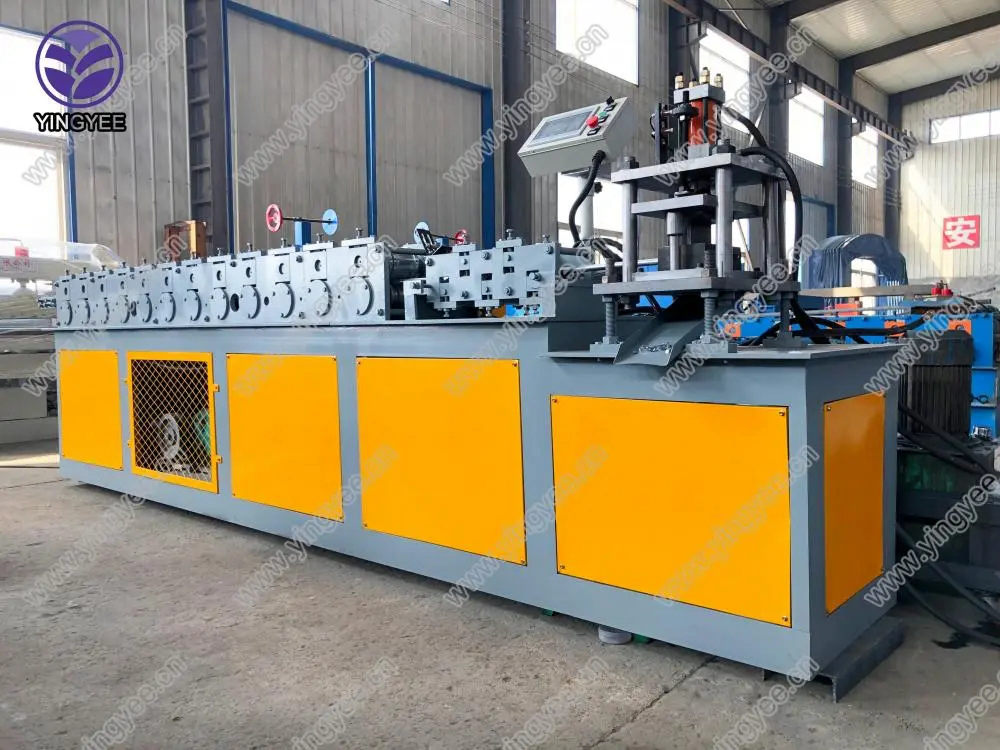
Understanding Solar Panel Construction The Role of Purlins
In recent years, the demand for renewable energy sources has soared, with solar energy leading the way as one of the most sustainable and widely embraced alternatives. Solar panels, a key component of solar energy systems, require precise construction techniques and infrastructure to ensure efficiency and longevity. One such critical element in the construction of solar panel support structures is the purlin. This article explores the significance of purlins in solar panel construction, their functionality, and best practices to optimize solar installation projects.
What Are Purlins?
Purlins are horizontal beams that provide support to the roof of a structure. In the context of solar panel construction, they are used primarily as a framework to which solar panels are mounted. Purlins can be made from various materials, including steel, aluminum, and wood, each offering distinct benefits depending on the specific requirements of the solar installation. Their role is crucial in ensuring that the solar panels are securely fastened and positioned at optimal angles for sunlight absorption.
The Importance of Purlins in Solar Panel Construction
1. Structural Support Purlins distribute the weight of the solar panels evenly across the supporting framework, preventing potential sagging or structural failure. This is particularly important in larger installations where the cumulative weight of numerous panels can be substantial.
2. Alignment and Stability Properly installed purlins ensure that solar panels maintain the correct angle and alignment relative to the sun’s path. This alignment enhances the panels’ efficiency in capturing solar energy, thereby maximizing output.
3. Facilitating Installation Using purlins simplifies the installation process. They provide a pre-defined grid upon which solar panels can be easily mounted, reducing the time and labor involved in setup. This can lead to significant cost savings in large-scale solar projects.
4. Durability Against Environmental Stressors Purlins contribute to the overall durability of solar installations by providing robust support against wind, snow loads, and other environmental factors. Selecting the right material for purlins, such as galvanized steel or anodized aluminum, can enhance longevity and resistance to corrosion.

Best Practices for Purlin Installation
To optimize the effectiveness of purlins in solar panel construction, several best practices should be followed
1. Material Selection Choose purlins made from materials that suit the local climate and environmental conditions. For example, coastal areas might benefit from stainless steel due to its corrosion resistance, while inland regions may find aluminum more suitable.
2. Correct Spacing The spacing between purlins should be determined based on the size and weight of the solar panels used. Adhering to manufacturer specifications and industry standards can help in achieving the necessary structural integrity.
3. Adequate Attachment Techniques Ensure that purlins are securely attached to both the building structure and the solar panels. Utilizing appropriate fastening techniques and hardware can prevent loosening over time, which could jeopardize the installation.
4. Regular Inspections It is essential to conduct routine inspections of the purlin system and the overall solar installation. Monitoring for any signs of wear, movement, or damage can help address issues before they escalate.
Conclusion
As the renewable energy sector continues to flourish, understanding the critical components involved in solar panel construction is paramount. Purlins play a vital role in supporting the structural integrity, efficiency, and longevity of solar installations. By adhering to best practices in their selection and installation, stakeholders can ensure that their solar energy systems perform optimally, contributing to a sustainable future. As the world embraces greener technologies, the importance of such construction components will only become more evident.